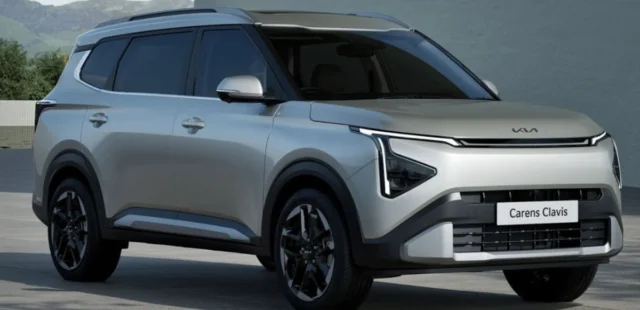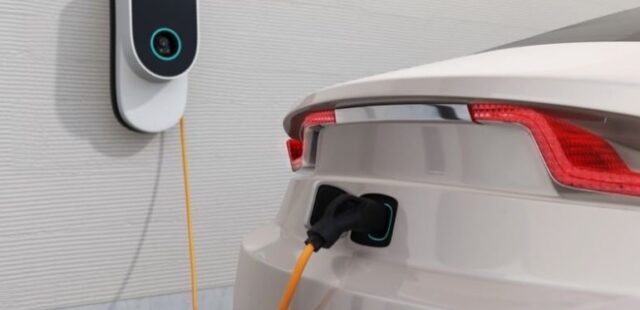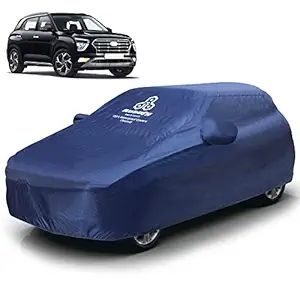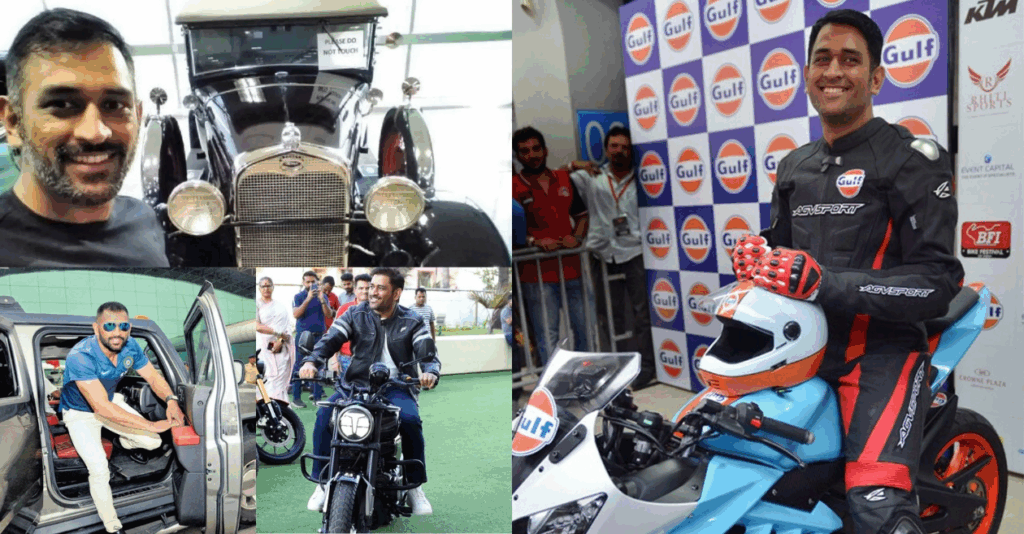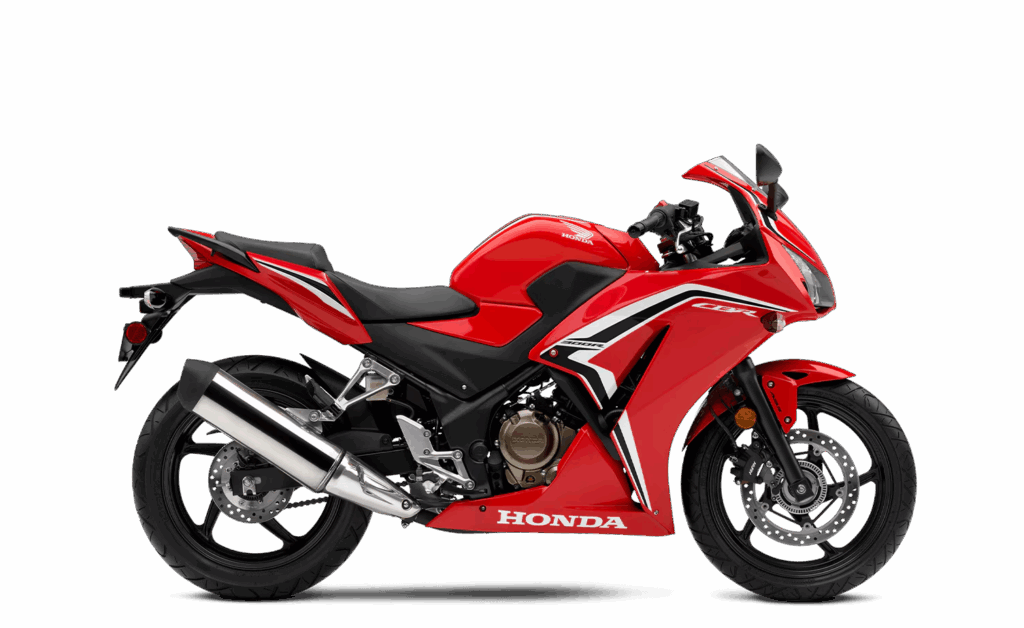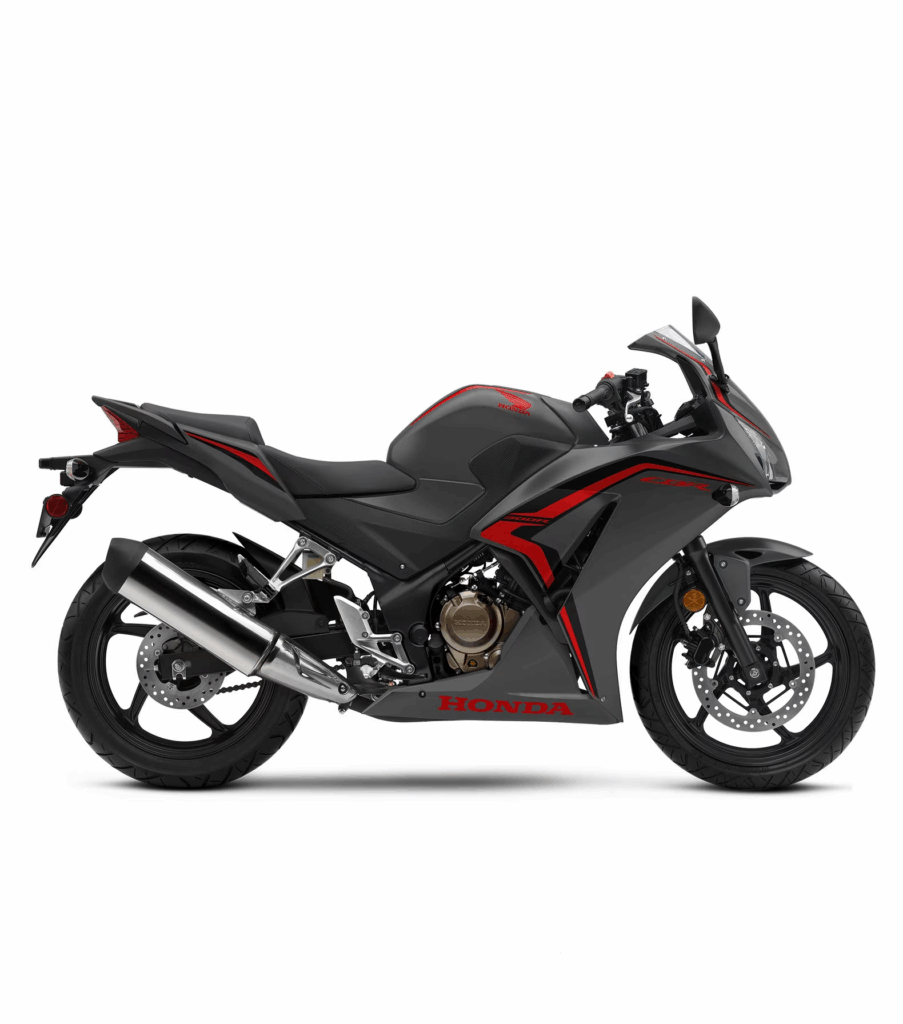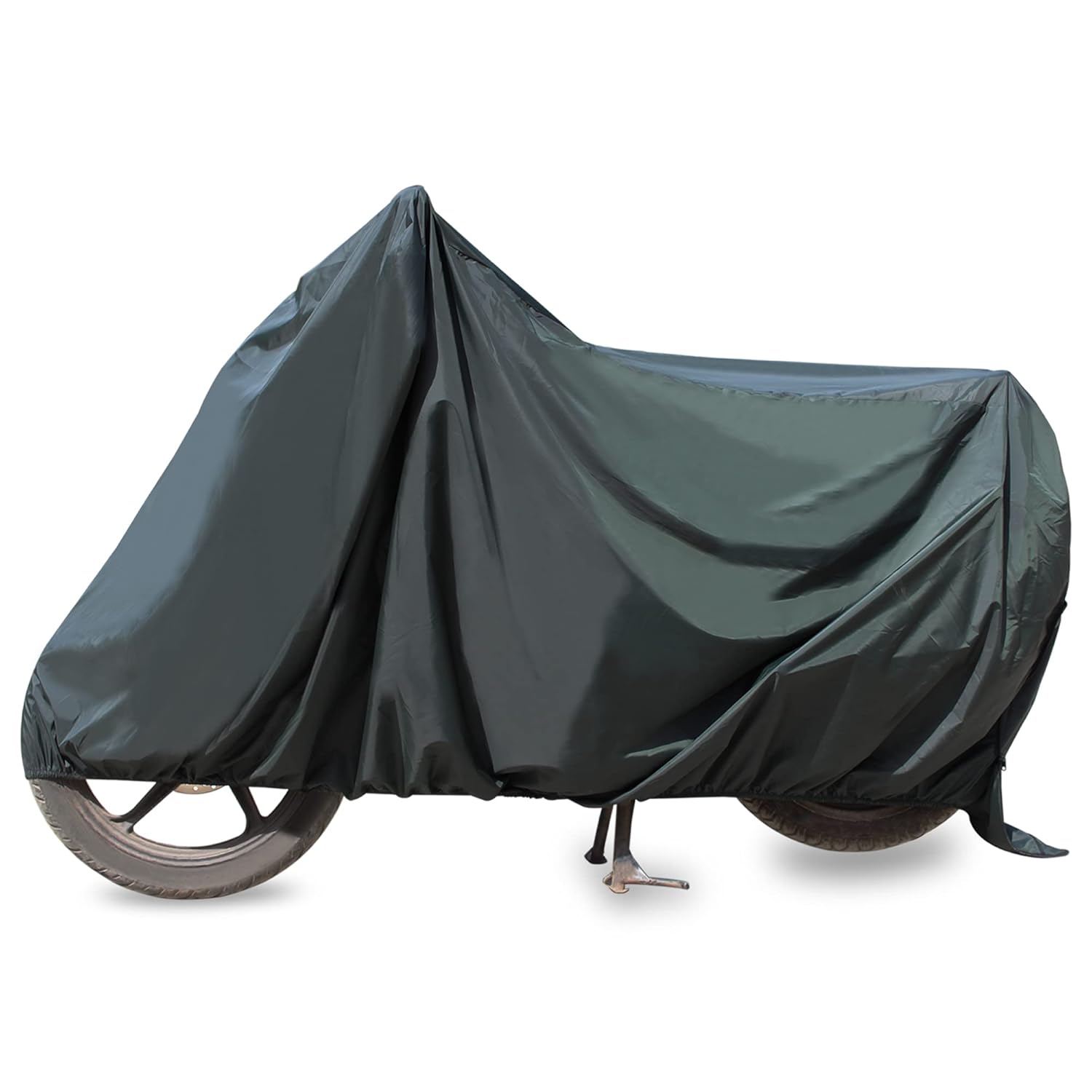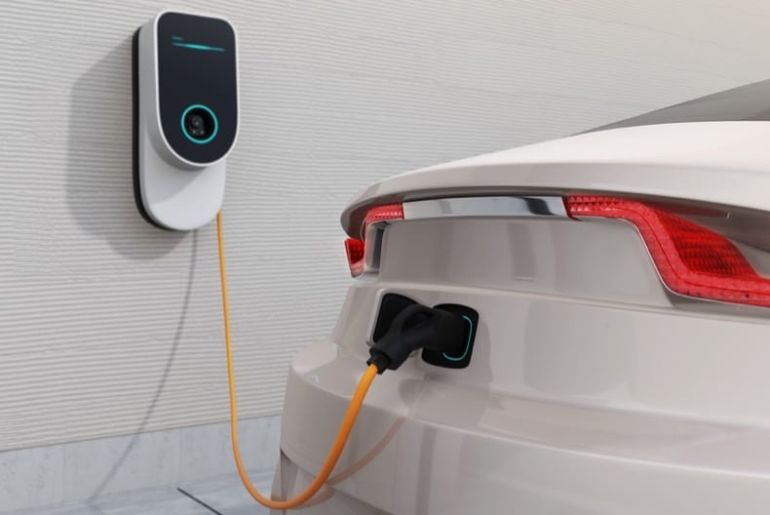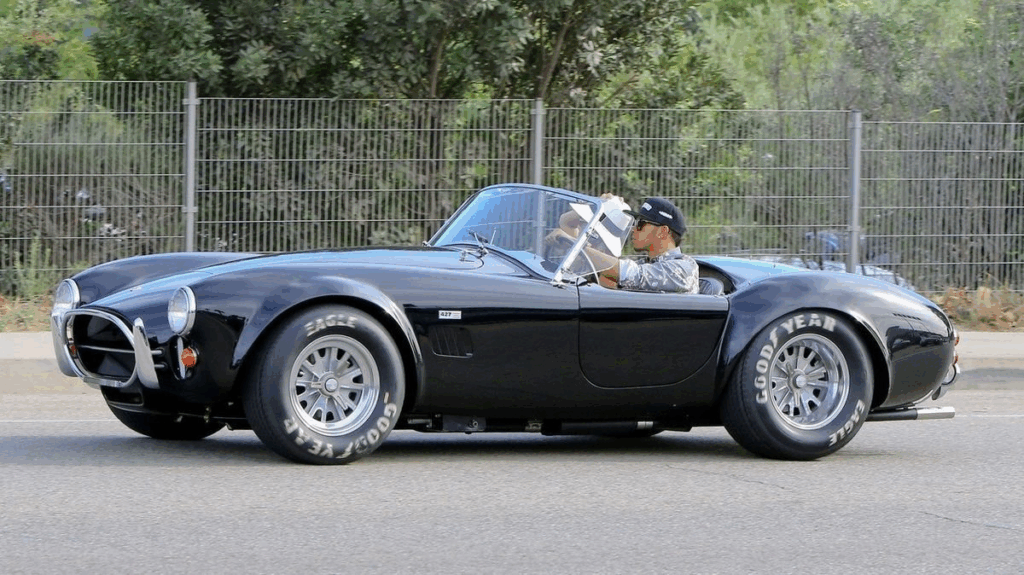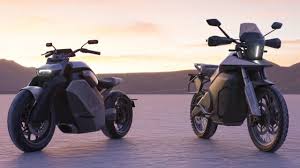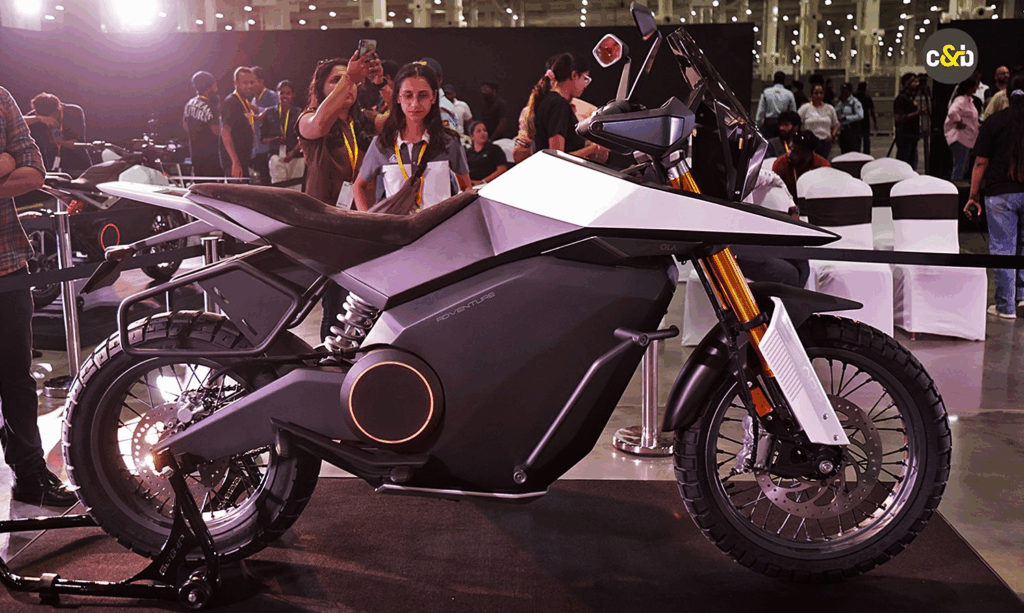The date is Monsoon 2025, and there could be nothing more suitable and more dreadful than pouring rains, high humidity, and the actual danger to your car’s appearance and protection. Rust, paint deterioration, and waterlogging are too frequent. There is nothing to worry about, though. You are best off with a quality waterproof car cover. Whether it’s a car cover waterproof for your Swift or a protective layer for your SUV, this season, AUTOFY’s got your ride covered, literally and stylishly.
Why You Need a Car Cover in Monsoon
Come on, rain does not only wet your car. It comes with mud splatters, bird feces, tree sap, and even fungus. It is even worse when you park your car outdoors, especially those that are hatchback, such as the Alto, Swift, or Baleno. Water creeps up and rusts it, particularly on the underside. It is here that a decent rain car cover comes in. Whether you’re looking for a car cover for a Maruti Swift, a car cover for Hyundai Grand i10, or just the best car covers for Indian roads, the right waterproof cover keeps your car clean, dry, and safe.

What Makes AUTOFY Covers Special?
AUTOFY is not a typical car cover but rather that which is considered in the crazy Indian weather. The triple layer prevents the rain with every single drop and the soft inner layer keeps your paint safe. It sits exactly right, due to the system of mirror pockets, elastic drivers, the under-body buckle, and other features, which will not go off the wind. Whether you need a Baleno car cover, a car cover for Alto, or any car cover waterproof solution, AUTOFY’s options are UV-resistant, scratch-proof, and ready for anything.

Top AUTOFY Car Covers for 2025
| Category | Model Fit | Features | Price(INR) | Buy Now |
| Hatchbacks | Swift, WagonR, Alto | Waterproof SilverTech, soft lining, mirror pockets | ₹ 1,199 | link |
| Sedans | Honda City, Hyundai Verna | Windproof belts, UV protection, breathable cotton lining | ₹ 1,599 | link |
| SUVs | Creta, Nexon, XUV700 | Full body wrap, triple belt system, storm guard buckles | ₹ 1,399 | link |
Looking for the best car covers on a budget? Such AUTOFY covers are designed to withstand monsoon madness, with heavy stitching, extensive coverage, and smooth inner lining; they are ideal to be used on a daily basis. You can easily grab these car covers on Amazon deals while they’re still in stock.
You might also want to give this a read: MS Dhoni Car Collection & Legacy: All About Captain Cool’s Iconic Rides
AUTOFY vs Local Market Covers
| Features | AUTOFY Car Cover | Local Market Covers |
| Waterproofing | Triple-layer | Basic single-layer |
| Fit & Design | Mirror/antenna pockets, tight fit | Generic loose size |
| UV/Scratch Protection | Yes (soft cotton lining inside) | Mostly missing |
| Wind Resistance | Elastic edges + under-body straps | No grip can fly off |
| Price Range | ₹1,299–₹2,299 | ₹600–₹1,200 |
| Durability | 2–3 years | 6 months max |
Unlike a local brand, the high-quality car cover with waterproof and custom-fit options of AUTOFY in extreme monsoon weather conditions is ideal even in the worst monsoon weather and mostly in hatchback cars like Baleno and Swift.
Why AUTOFY Is a Smart Buy This Monsoon
Why AUTOFY Is a Smart Buy This Monsoon A good waterproof car cover is a mandatory thing to consider in case you are concerned with the appearance and the state of your car. AUTOFY is of good value, quality, and serious protection. Whether you have compact rides such as the Alto, sedans such as the Verna, and even hatchbacks such as the Hyundai Grand i10, AUTOFY fits in and lasts long. It is light-years beyond stuff in the local market. It truly delivers some of the best car covers you can get this season.
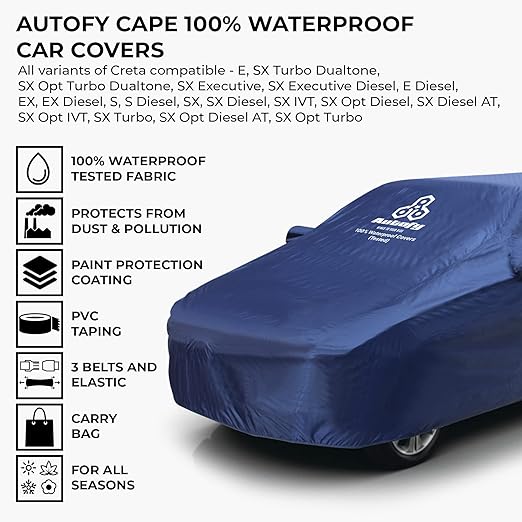
Don’t forget to share it with your friends and family. Comment below!
Connect with us on social media for more exciting car and bike-related content!
Check out our Amazon Best Sellers: CLICK HERE
